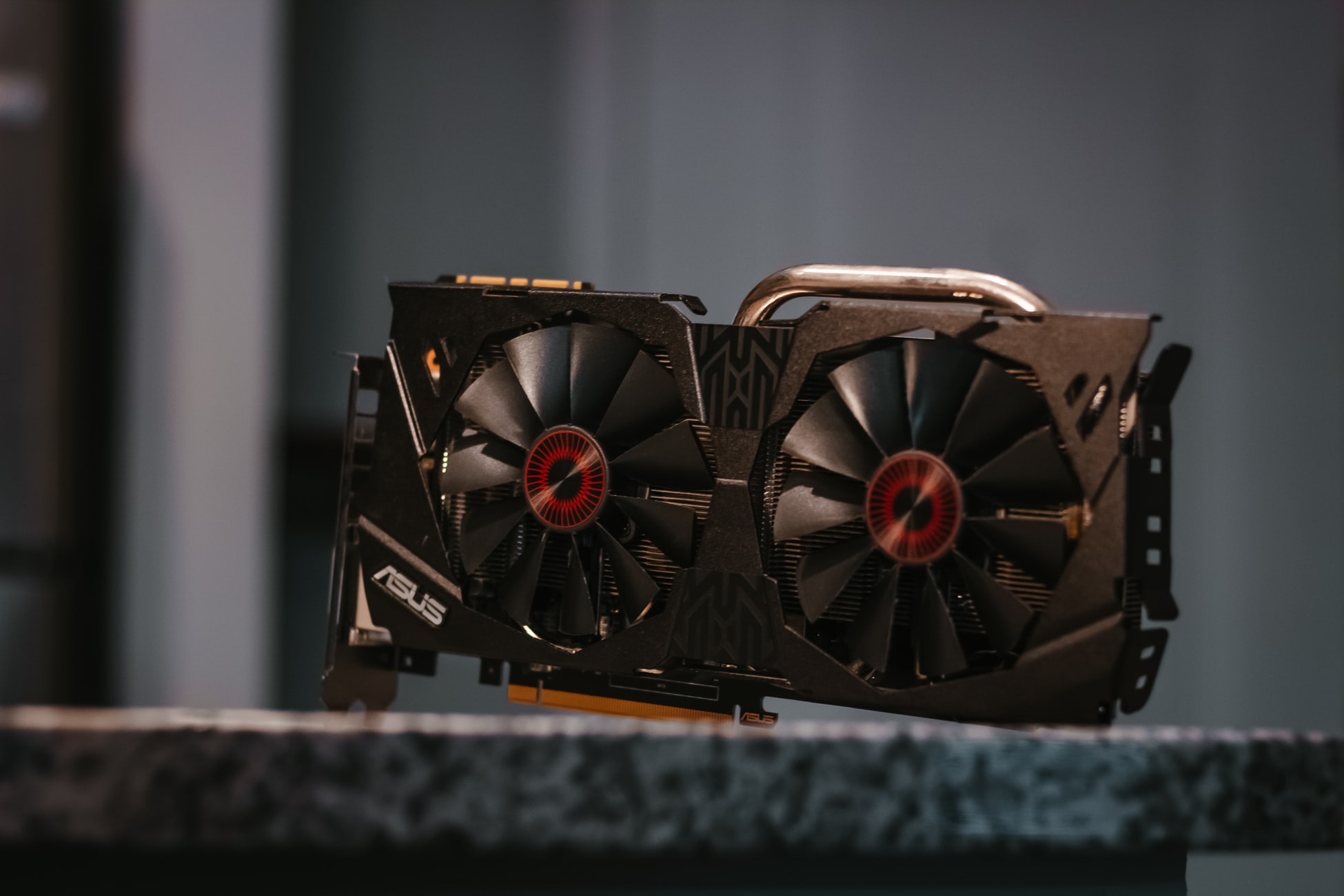Gaming graphics card allows faster, more precise control of fusion energy experiments
23. 7. 2021 | University of Washington | www.washington.edu
Nuclear fusion offers the potential for a safe, clean and abundant energy source. This process, which also occurs in the sun, involves plasmas, fluids composed of charged particles, being heated to extremely high temperatures so that the atoms fuse together, releasing abundant energy.
One challenge to performing this reaction on Earth is the dynamic nature of plasmas, which must be controlled to reach the required temperatures that allow fusion to happen. Now researchers at the University of Washington have developed a method that harnesses advances in the computer gaming industry: It uses a gaming graphics card, or GPU, to run the control system for their prototype fusion reactor.

The UW team’s experimental reactor self-generates magnetic fields entirely within the plasma, making it potentially smaller and cheaper than other reactors that use external magnetic fields. The UW team’s prototype reactor heats plasma to about 1 million degrees Celsius (1.8 million degrees Fahrenheit). This is far short of the 150 million degrees Celsius necessary for fusion, but hot enough to study the concept.
Read more at University of Washington
Image Credit: Unsplash
-jk-




